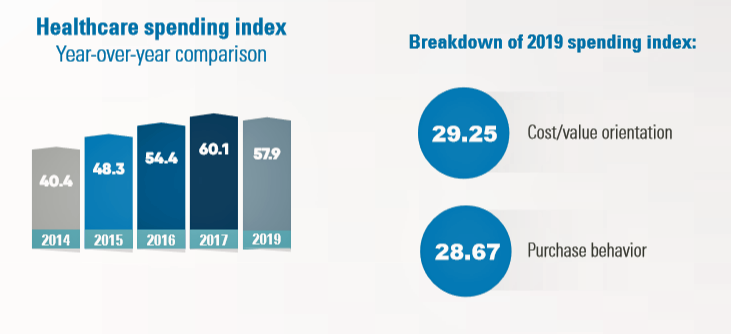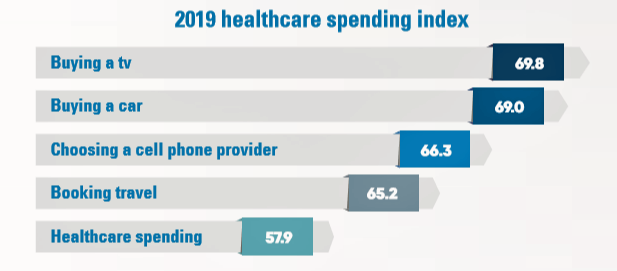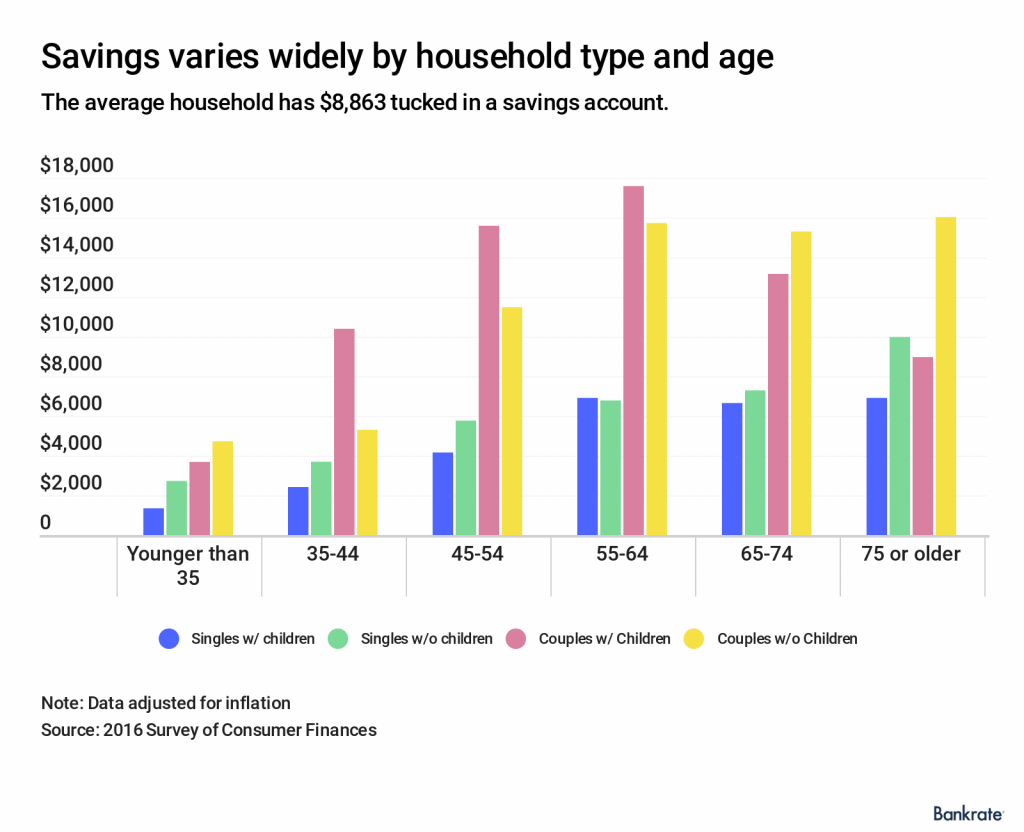 In the U.S., the theory of and rationale behind consumer-directed health has been that if you give a patient more financial skin-in-the-game — that is, to compel people to spend more out-of-pocket on health care — you will motivate that patient to don the hat of a consumer — to mindfully research, shop around, and purchase health care in a rational way, benefit from lower-cost and high-quality healthcare services.
In the U.S., the theory of and rationale behind consumer-directed health has been that if you give a patient more financial skin-in-the-game — that is, to compel people to spend more out-of-pocket on health care — you will motivate that patient to don the hat of a consumer — to mindfully research, shop around, and purchase health care in a rational way, benefit from lower-cost and high-quality healthcare services.
For years, Alegeus found that patients were indeed growing those consumer health muscles to save and shop for health care. In 2019, it appears that patients have backslid, according to the 2019 Healthcare Consumerism Index from Alegeus.
For this annual study, Alegeus surveyed 1,400 U.S. adults in September 2019 on issues concerning health care costs, shopping, value, saving and spending.
The first chart shows that the 2019 Index fell from 60.1 points in 2018 to 57.9 in 2018. The Index is a sum of the consumer’s cost/value orientation and purchase behavior.
While two-thirds of consumers say they understand their insurance coverage, only one-half of them can correctly answer questions about the definition of premiums and deductibles.
 That’s health literacy — more specifically, health insurance literacy — and even after several years of growing adoption of high-deductible health plans, premiums and copayments required from patients, one in two consumers still can’t correctly define the terms of health plan financial engagement.
That’s health literacy — more specifically, health insurance literacy — and even after several years of growing adoption of high-deductible health plans, premiums and copayments required from patients, one in two consumers still can’t correctly define the terms of health plan financial engagement.
What consumers are especially keen on is their price or personal cost of paying for health care. 70% of consumers were very focused on getting the best value-for-money spent on health care, 71% researched conditions and symptoms online, and 61% of people researched provider ratings.
Even with that growing time spent on research, compared with studying other consumer good investments — like buying a TV or a car, choosing a mobile phone company, or booking travel — consumers spend much less time seeking information on health care services, shown in the third chart.
 Health Populi’s Hot Points: Another key aspect of health care consumerism when dealing with a high-deductible health plan is saving. Alegeus found that people are making progress in saving more for healthcare — up 13% between 2018 and 2019, which is a significant rise relative to other savings categories in U.S. households.
Health Populi’s Hot Points: Another key aspect of health care consumerism when dealing with a high-deductible health plan is saving. Alegeus found that people are making progress in saving more for healthcare — up 13% between 2018 and 2019, which is a significant rise relative to other savings categories in U.S. households.
Still, healthcare savings lacks behind that for retirement, emergency funds, and college.
The cold fiscal reality of healthcare costs in the family budget are that, once people reach retirement age, they’ll need close to $300,000 to cover out-of-pocket health care spending until they pass away.
That’s in addition to what Americans had already saved into Medicare.
Given that the average savings in a U.S. bank account was $8,863 according to this Bankrate study, we need to spread the words that, “It’s the Prices, Stupid” for American patients — now major payors of health care services.
The reality is that patients really are big payors in American health care. Traditionally the U.S. health care industry has conceived of “payors” as employers, health insurance plan sponsors like government agencies, and unions.
Add patients to that definition. And if Alegeus’s Index for 2019 is correct and people’s health consumer work-flows have eroded, we in the health/care ecosystem have a key mission to take on in 2019 and over the near-term: that is, to educate Americans to be their own best health economists for themselves and their families.
And by the way, this is why my new mantra is that, “all health/care is retail.”
The post Health Consumer Behaviors in the U.S. Stall, Alegeus Finds in the 2019 Index appeared first on HealthPopuli.com.
Health Consumer Behaviors in the U.S. Stall, Alegeus Finds in the 2019 Index posted first on http://drugsscreeningpage.blogspot.com/
No comments:
Post a Comment